As climate change continues to bring unpredictable weather patterns, more gardeners are looking for plants that can thrive with little to no water. Drought-resistant landscaping is not only practical but also eco-friendly, reducing water consumption while maintaining a lush and vibrant outdoor space. Many of these so-called “zero-water” plants require minimal upkeep, making them perfect for both experienced gardeners and beginners. Whether you’re dealing with scorching summers or simply want a low-maintenance garden, these resilient plants are dominating gardening trends in 2025.
1. Lavender is Thriving in Drought Conditions
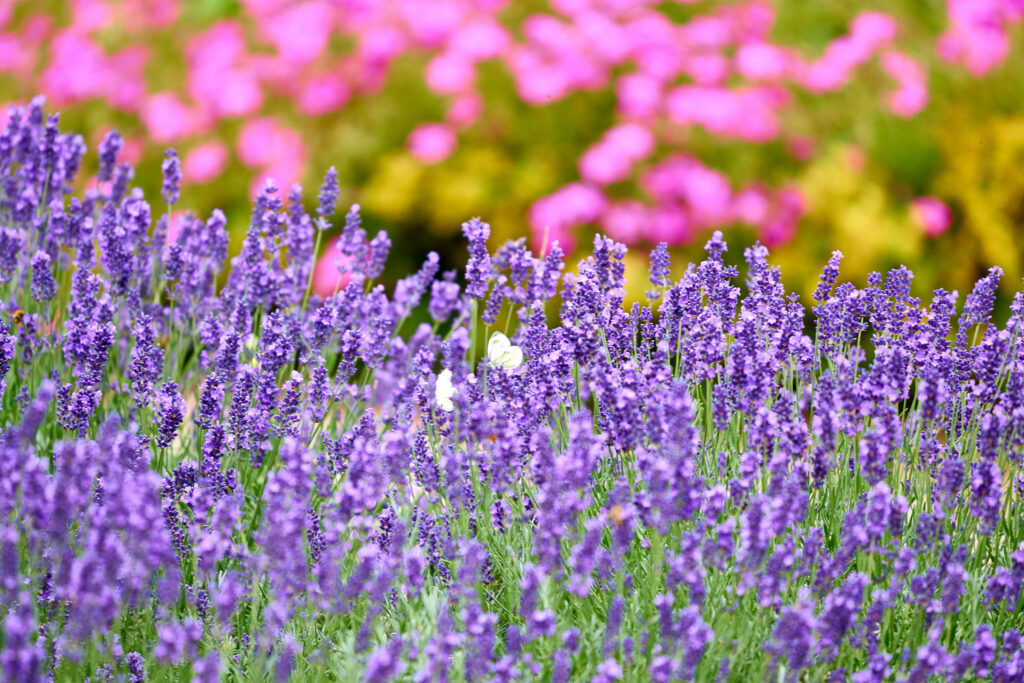
According to Better Homes & Gardens, lavender is one of the top drought-resistant plants making waves in 2025. This fragrant herb thrives in dry, well-draining soil and requires minimal watering once established. Many homeowners are incorporating lavender into their gardens not just for its beauty but also for its ability to attract pollinators like bees and butterflies. Its natural resistance to pests and diseases makes it an even more appealing choice for low-maintenance landscapes.
Beyond its resilience, lavender provides a stunning aesthetic with its silvery-green foliage and purple blooms. It pairs well with other drought-tolerant plants, such as rosemary and succulents, to create a Mediterranean-inspired garden. Additionally, its soothing scent is often used in aromatherapy, making it a multi-purpose plant. With climate-conscious gardening on the rise, lavender remains a favorite for those seeking beauty and sustainability.
2. Agave Plants are the Future of Sustainable Landscaping
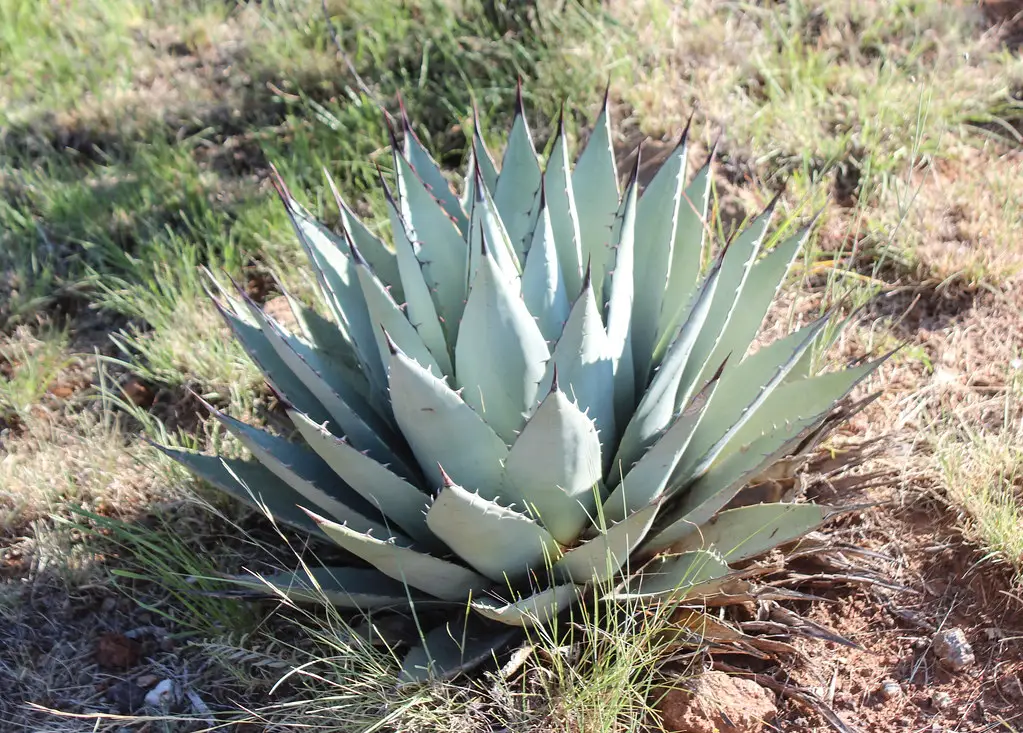
The Spruce reports that agave plants are rapidly gaining popularity among gardeners looking for low-water, high-impact plants. Native to arid regions, agave thrives in poor soil conditions and stores water in its thick, fleshy leaves. This allows it to survive extended dry spells with little to no maintenance. Its architectural shape makes it a standout feature in modern landscapes, often used in rock gardens and xeriscaping.
In addition to being drought-resistant, agave requires virtually no fertilization and is resistant to deer and pests. Many homeowners appreciate its long lifespan, as some species can live for decades with minimal care. Agave also produces striking flower stalks that attract pollinators when they bloom. As water conservation becomes a priority, more gardeners are turning to agave as a stylish and eco-friendly solution.
3. Sedum Dendroideum is the Ultimate Zero-Water Ground Cover
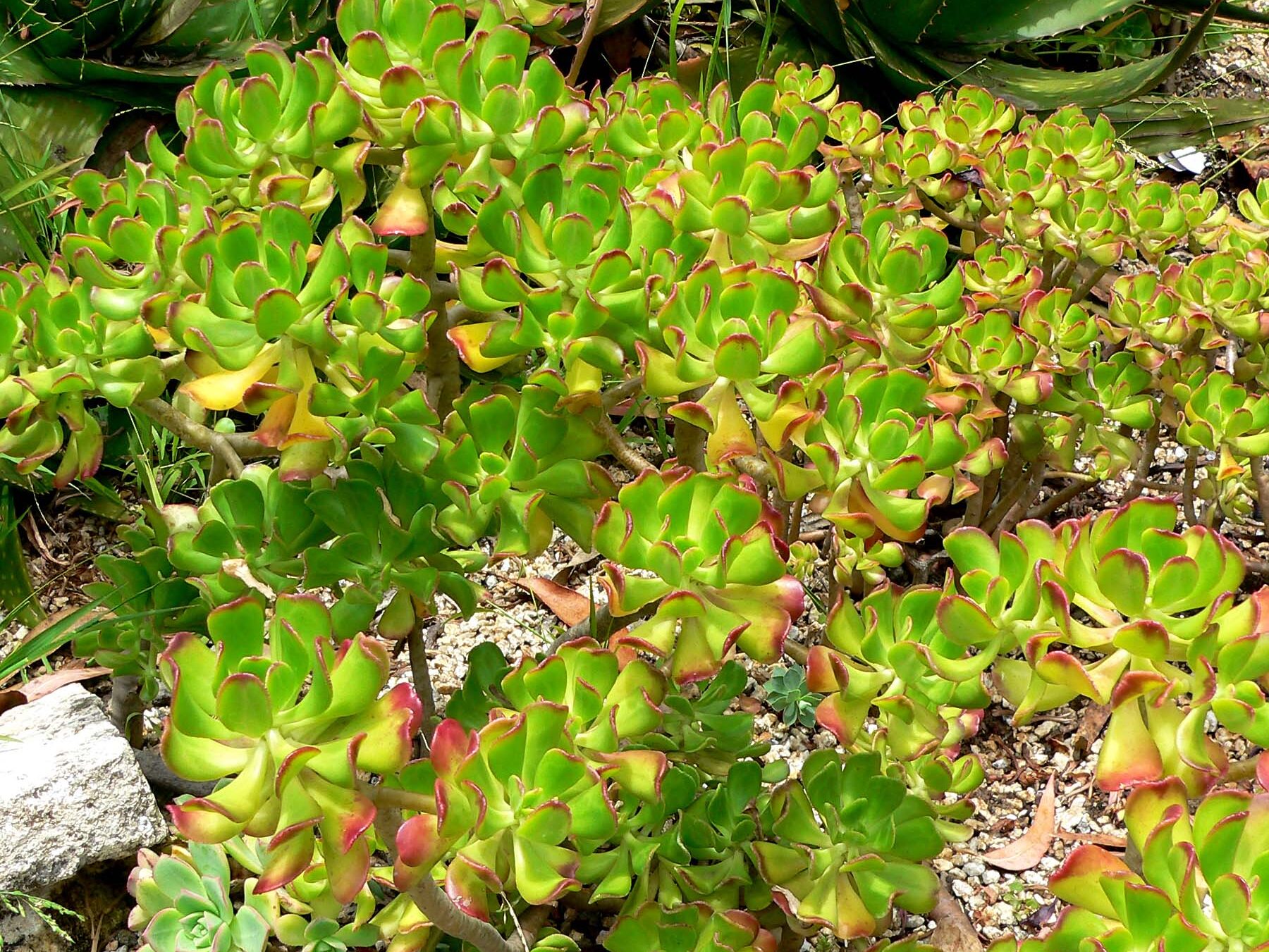
According to Garden Design Magazine, sedum is revolutionizing sustainable gardening as one of the best low-water ground cover options. This hardy succulent requires little irrigation and thrives in rocky or sandy soils, making it an ideal choice for drought-prone regions. Sedum’s thick, fleshy leaves store moisture, allowing it to survive even the driest summers. Once established, it spreads quickly, creating a lush carpet of greenery with minimal effort.
Aside from its resilience, sedum offers a variety of colors and textures, with species ranging from vibrant green to deep red. It’s a popular choice for rock gardens, green roofs, and erosion control on slopes. Its small, star-shaped flowers attract pollinators like bees and butterflies, further contributing to ecological health. As climate conditions shift, sedum continues to be a go-to plant for those seeking a no-fuss, water-wise garden.
4. Russian Sage Brings Color to Dry Landscapes
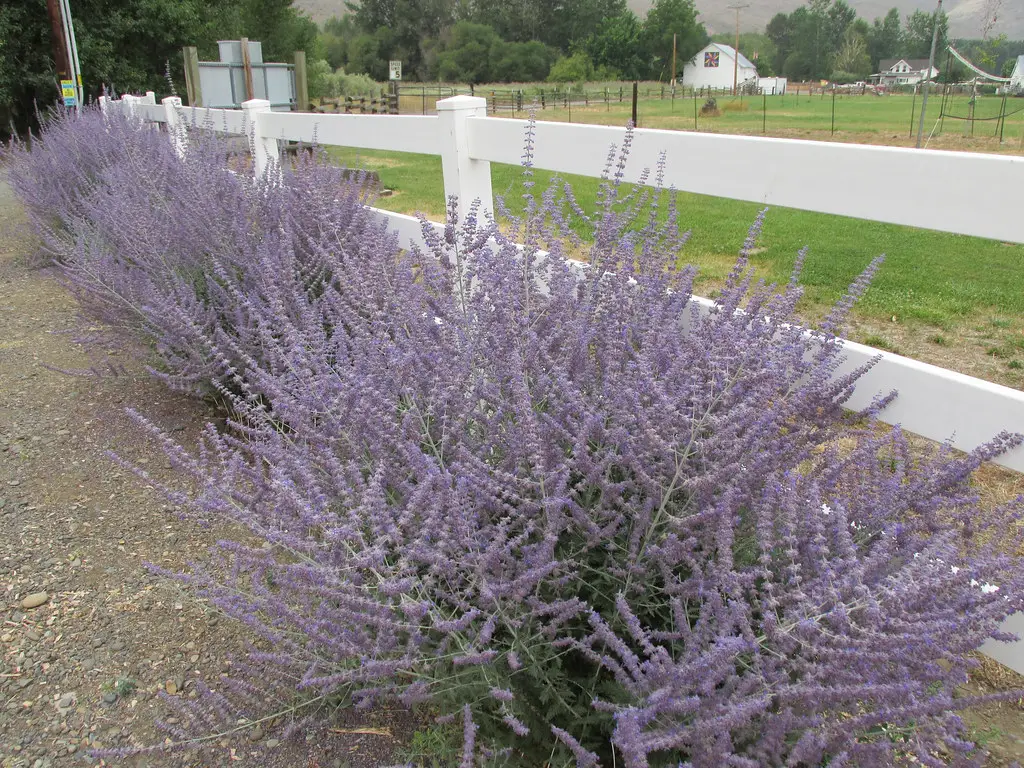
HGTV highlights Russian sage as a top choice for drought-tolerant gardens in 2025. Known for its wispy silver foliage and striking lavender-blue flowers, this hardy perennial thrives in dry, well-draining soil. Russian sage is highly resistant to heat and requires minimal watering, making it a favorite among homeowners looking for low-maintenance plants with high visual appeal.
Beyond its drought resistance, Russian sage serves as a magnet for pollinators, attracting bees, butterflies, and hummingbirds. Its ability to withstand poor soil conditions and resist deer makes it even more versatile for landscaping projects. Many gardeners plant Russian sage alongside ornamental grasses or succulents to create a layered, textured garden design. As more homeowners seek out resilient plants, Russian sage remains a standout for its beauty and durability.
5. Sedum Spectabile Is a Hardy Ground Cover

Sedum, also known as stonecrop, is a hardy succulent that thrives in dry, rocky conditions. Its fleshy leaves store water, allowing it to survive extended periods of drought without wilting. Many gardeners use sedum as a ground cover due to its low-growing, spreading habit. Once established, it requires virtually no maintenance, making it a great choice for hands-off gardening.
Another reason sedum is so popular is its wide variety of colors and forms. From bright green to deep red, this plant adds visual interest to garden beds, rock gardens, and even container arrangements. It also provides a nectar source for pollinators, making it a valuable addition to any eco-conscious landscape. With its adaptability and drought resistance, sedum continues to be a go-to plant for water-wise gardens.
6. Cactus Plants Are Making a Stylish Comeback
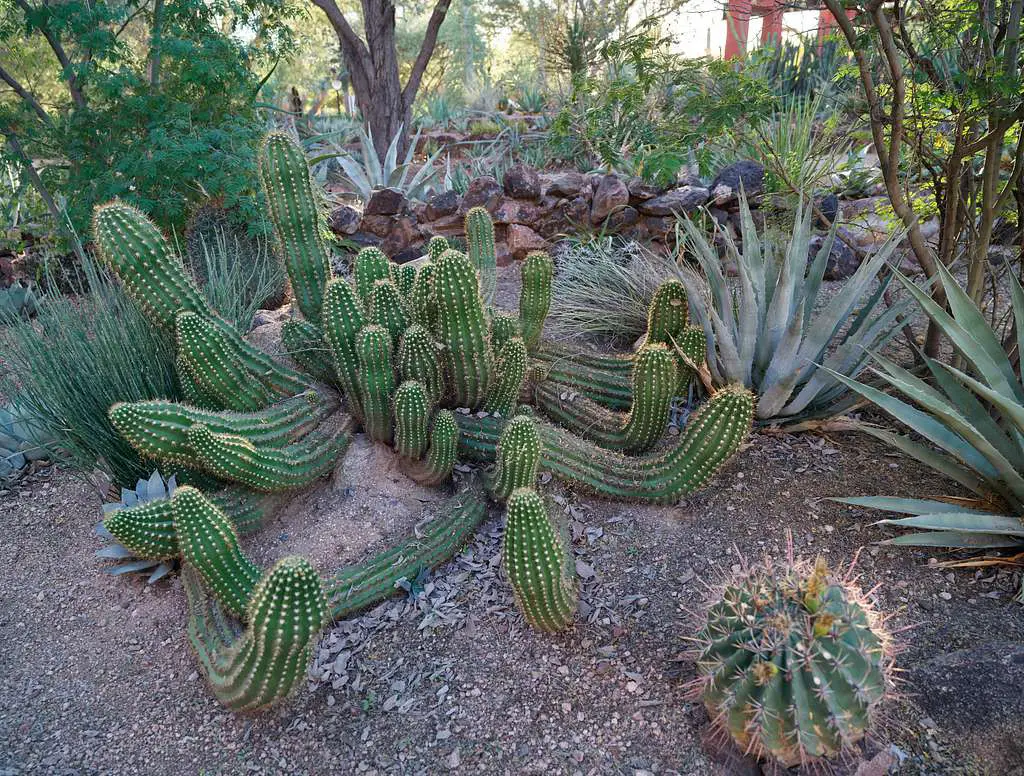
Cacti have always been known for their ability to survive with little to no water, but they’re now being embraced for their modern aesthetic appeal. These resilient plants come in a variety of shapes and sizes, adding an artistic touch to any garden or indoor space. With their ability to store water for long periods, cacti require almost no maintenance once they’re settled into well-draining soil.
More homeowners are turning to cacti as a stylish and sustainable landscaping option. They work well in rock gardens, minimalist landscapes, and even container gardens on patios and balconies. Some species, such as the prickly pear cactus, also produce edible fruit, adding another layer of usefulness. Whether for their striking appearance or their extreme drought tolerance, cacti are a top choice for gardeners in 2025.
7. Lantana Blooms All Season with Little Water
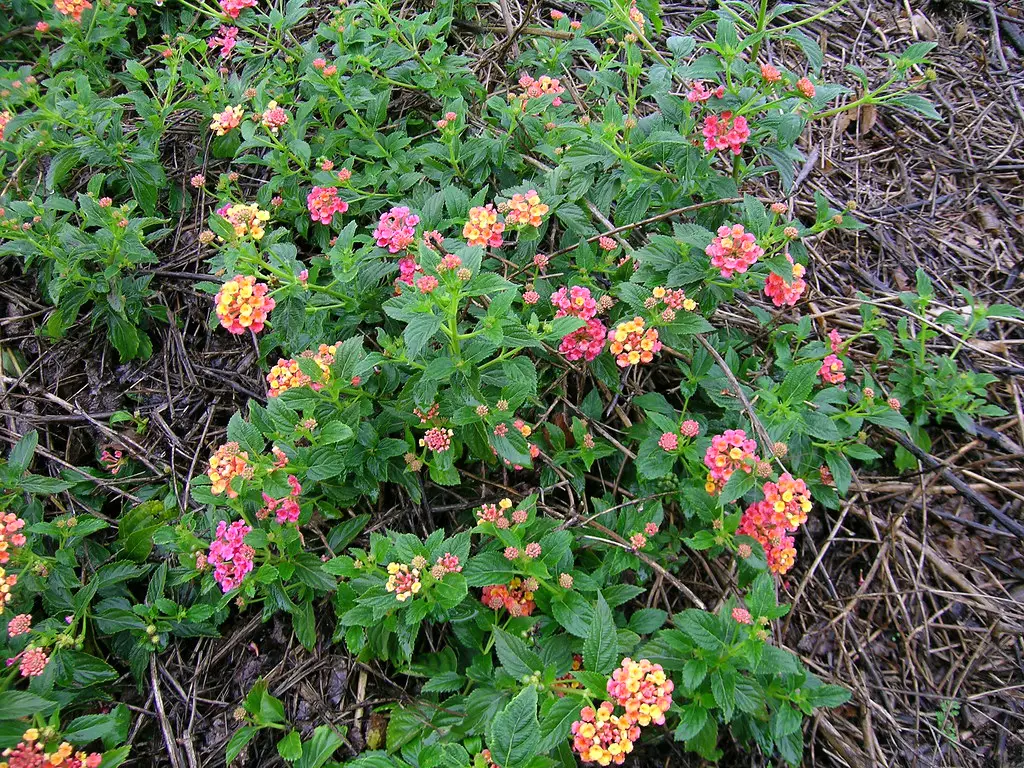
Lantana is a colorful flowering plant that thrives in hot, dry conditions with minimal water. It produces clusters of vibrant flowers in shades of pink, orange, yellow, and purple, making it a favorite for adding color to low-water gardens. Once established, lantana is highly drought-tolerant, requiring only occasional deep watering during extended dry spells.
One of the standout qualities of lantana is its ability to attract butterflies and hummingbirds. Its long-lasting blooms provide a continuous nectar source, making it a fantastic choice for pollinator-friendly gardens. Additionally, lantana is highly resistant to pests and diseases, making it an easy-care option for gardeners who want beauty without the hassle.
8. Rosemary Thrives in Dry, Rocky Soil
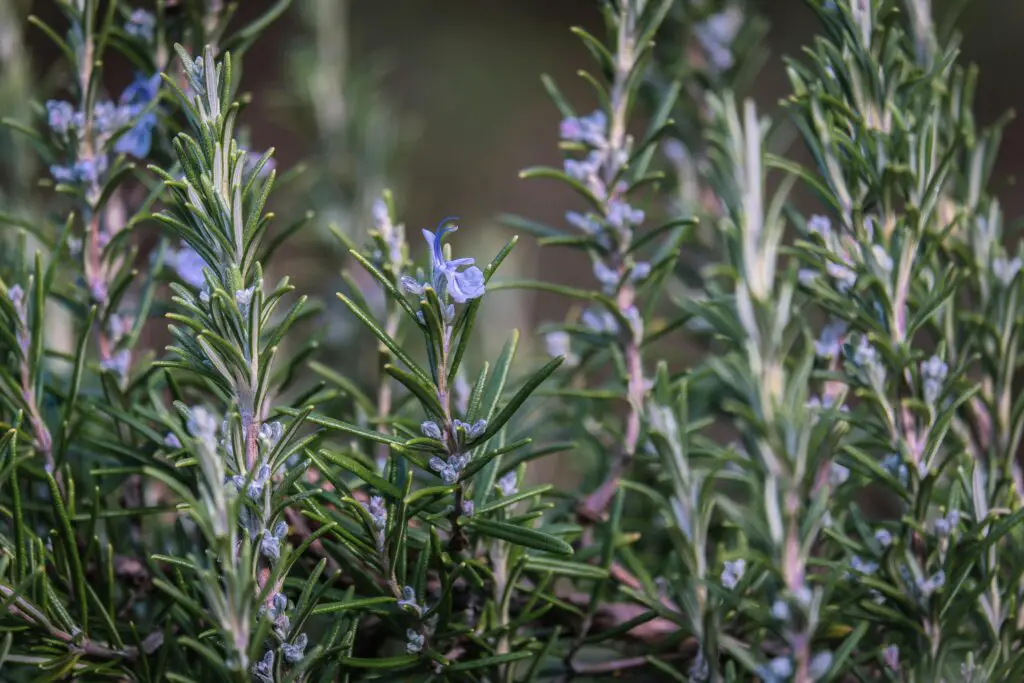
Rosemary is not only a culinary favorite but also a top choice for drought-resistant gardening. This fragrant herb originates from the Mediterranean, where it thrives in dry, rocky soil with little water. Once established, rosemary requires minimal maintenance, making it an excellent addition to low-water landscapes. It also repels pests naturally, which helps keep gardens healthy without the need for chemical treatments.
Beyond its resilience, rosemary is highly versatile. It can be grown as a border plant, a ground cover, or even in containers on patios. Its needle-like leaves remain evergreen throughout the year, adding a touch of greenery to gardens even in the driest seasons. Whether used for cooking or landscaping, rosemary continues to be a beloved choice for sustainable gardening.
9. Ice Plant Offers Stunning Ground Coverage
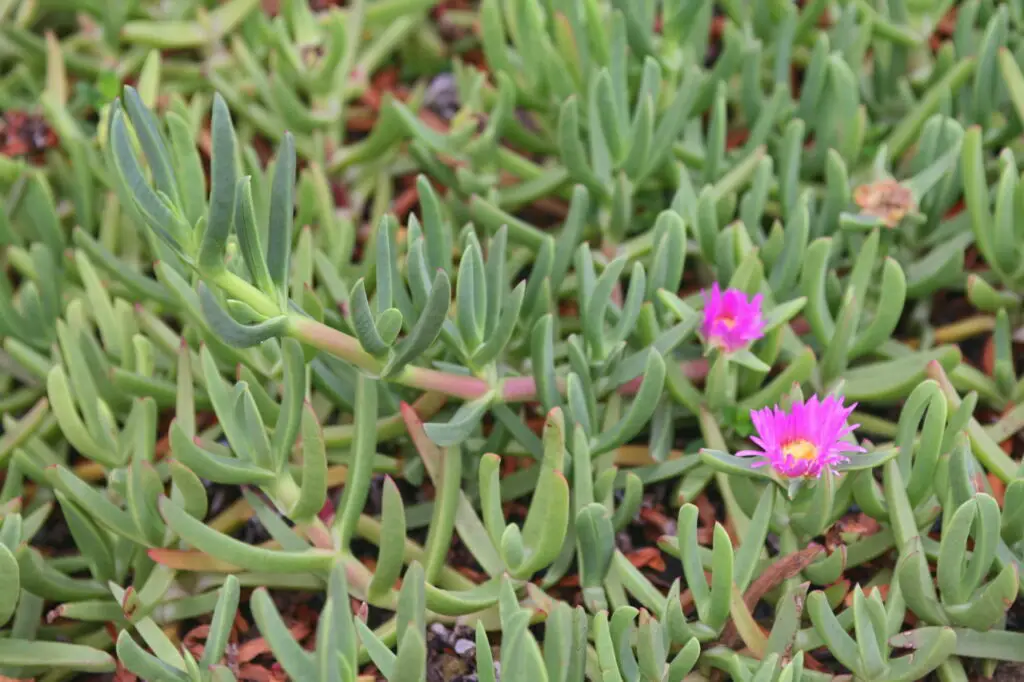
Ice plant is another zero-water favorite, known for its vibrant flowers and ability to spread quickly across dry landscapes. Its fleshy, water-retentive leaves store moisture, allowing it to survive extended droughts. Gardeners love ice plant for its ability to prevent soil erosion while creating a carpet of bright pink, purple, yellow, or orange blooms. Once established, it requires virtually no watering, making it a perfect addition to rock gardens or sloped areas.
In addition to its drought tolerance, ice plant is an excellent choice for attracting pollinators. Bees and butterflies flock to its colorful flowers, supporting local ecosystems. It also pairs well with other drought-resistant plants, such as succulents and ornamental grasses, to create a visually appealing yet low-maintenance landscape. For gardeners seeking both beauty and sustainability, ice plant is a must-have in 2025.
10. Red Yucca Adds Year-Round Interest
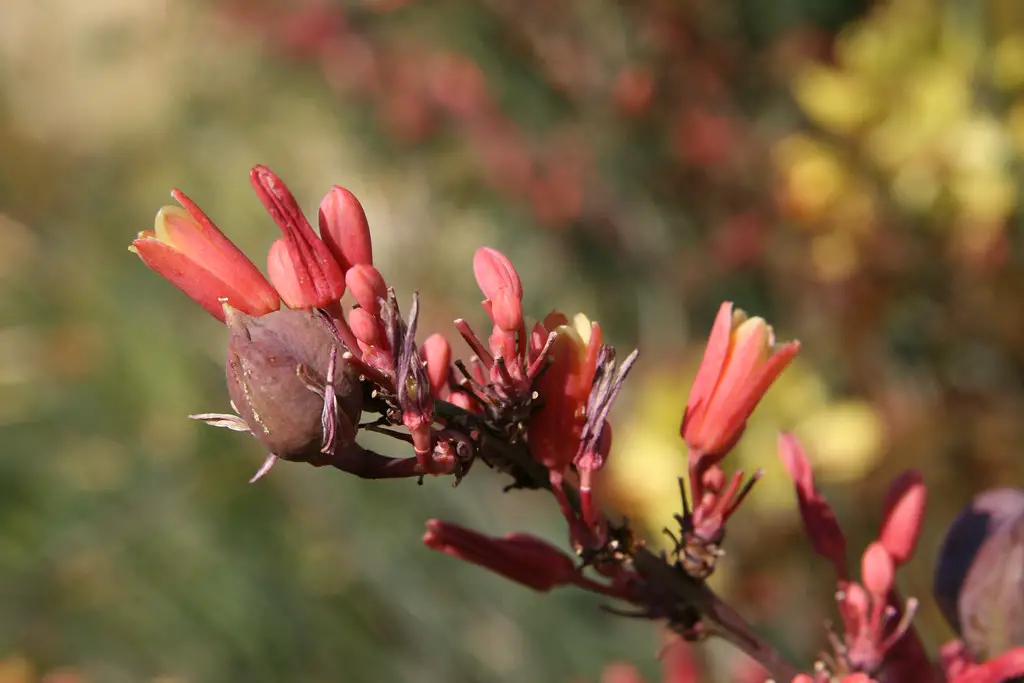
Despite its name, red yucca is not a true yucca but shares many of the same drought-resistant traits. This tough perennial thrives in arid conditions, producing long, arching leaves and striking red or coral-colored flower spikes. Its deep roots allow it to survive extreme heat and long periods without water, making it a favorite for xeriscaping.
Red yucca’s year-round interest is one of its biggest draws. Even when not in bloom, its evergreen foliage adds structure to gardens, while its flowers provide nectar for hummingbirds. It’s often used in desert-inspired landscapes, modern gardens, and along walkways to add visual appeal. With its adaptability and resilience, red yucca remains a go-to plant for water-conscious gardeners.
11. Blue Fescue Is a Low-Maintenance Ornamental Grass
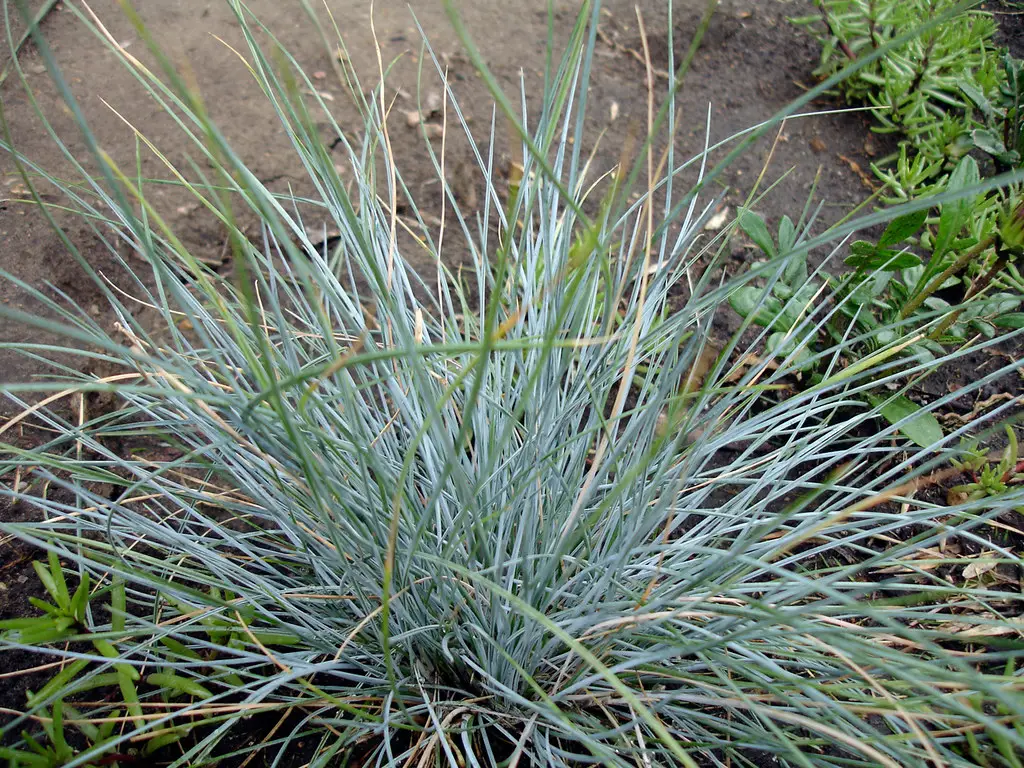
Blue fescue is a compact ornamental grass that thrives in dry conditions while adding a striking silvery-blue hue to gardens. Its fine, needle-like blades form dense clumps that require little to no watering once established. This makes it an ideal choice for rock gardens, borders, and contemporary landscapes looking for a low-maintenance, textured plant.
One of the key advantages of blue fescue is its year-round appeal. It maintains its color through multiple seasons, offering visual interest even in winter. It pairs beautifully with succulents, lavender, and other drought-tolerant plants, creating a cohesive and modern garden aesthetic. Whether used as an accent plant or a ground cover, blue fescue continues to gain popularity among water-wise gardeners.
12. Oleander Brings Beauty to Dry Climates
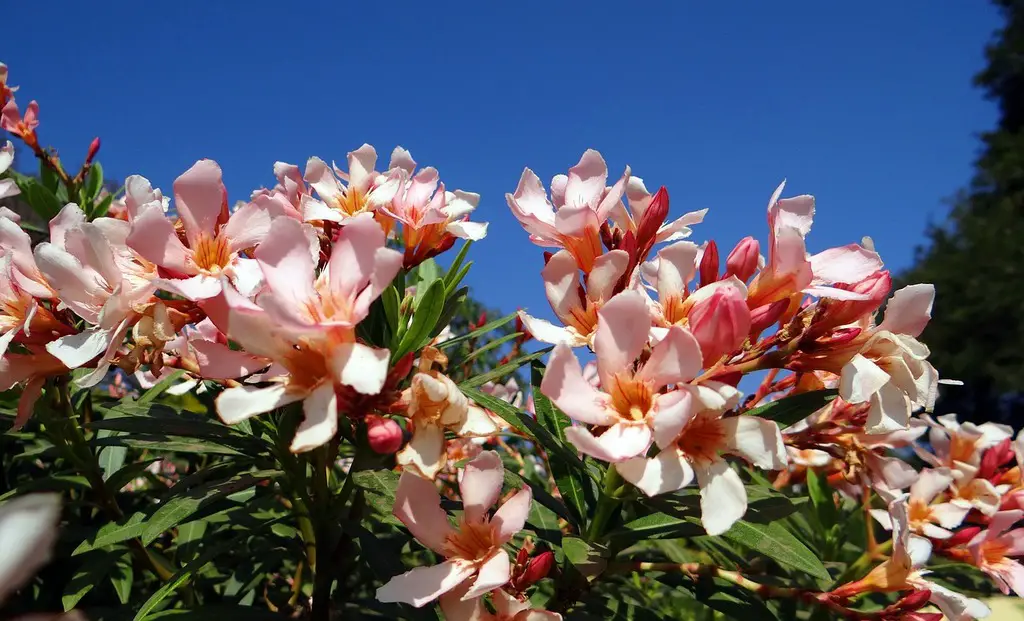
Oleander is a flowering shrub that flourishes in dry, hot climates while producing abundant blooms in shades of pink, red, yellow, and white. It’s highly drought-tolerant once established and thrives in poor soil, making it an excellent option for areas with limited water resources. Many homeowners plant oleander as a privacy hedge or ornamental shrub due to its fast-growing nature and lush appearance.
Another reason oleander is making waves in 2025 is its low-maintenance qualities. It requires minimal pruning and is resistant to pests and diseases, allowing it to thrive with little intervention. Additionally, its ability to tolerate air pollution makes it a great choice for urban gardens. With its vibrant flowers and resilience, oleander remains a staple for those looking to add beauty to their landscapes without the burden of high water usage.
